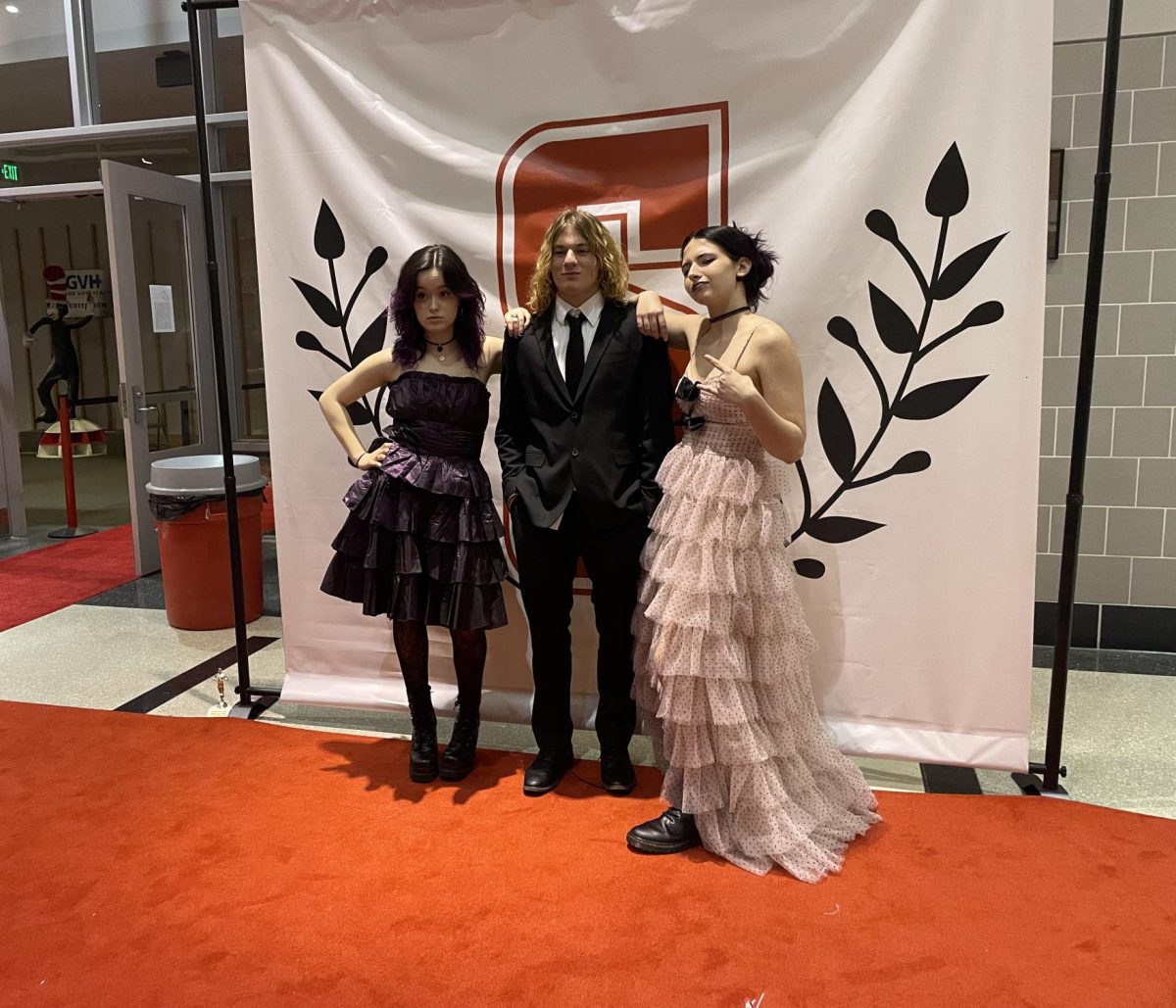Still often facing barriers and discrimination in Hollywood, women still remain underrepresented in movie and television media.
Despite immense progress for women in the U.S., there are still fewer female main protagonists, major characters and speaking characters compared to their male counterparts.
According to a study done by Dr. Martha M. Lauzen at San Diego State University, protagonists are the characters from which the story is told.
Lauzen found that in 2022, 33% of the U.S. top grossing films had women as their protagonist. 52% had male protagonists and 14% had a combination of both.
Even if you add the 14% of mixed female protagonists to the 33% of sole female protagonists, male protagonists still outweigh females.
It doesn’t make sense. Women are half of our population, why are we still facing underrepresentation in something as trivial as movies?
They are movies. Most of them are completely made up, how hard is it to write in a few more female characters?
There is obviously less wiggle room with historical films, especially as historically we have seen significantly more men in positions of power. So, maybe we should start making more movies and shows that highlight important women in history.
Not every movie should have an abundance of female (or male) characters, not every story needs to be dominated by a lead female (or male) character, but there should be more. It’s all about balance.
A more lighthearted way to highlight the gender disparities in movies is the Bechdel test.
Created in 1985 by Alison Bechdel, in order for movies to “pass” they have to adhere to three rules:
Movies must have at least two featured and named female characters, those characters need to talk to each other and they must discuss something other than a man.
Seems simple enough, but in reality many popular movies don’t pass the test.
The entire “Lord of the Rings” series fails. So does “The Avengers,” “Avatar,” “A Star is Born” and “Ratatouille.”
Now, the Bechdel test isn’t the be-all end-all. Many of the movies that fail are still amazing movies and develop strong, inspiring female characters.
But, it highlights the lack of representation and even the stereotypes that can be rooted in the writing.
“Avatar” fails due to the fact that many of the conversations between female characters revolve around the male protagonist, Jake.
Why are female characters still written with stereotypes in mind? Movies are improving but it is still happening.
Representation in media matters. When people watch movies that lack characters that look like them, the consequences can be damaging.
A lack of women in strong positions- from saving the world to running companies, can make young girls believe they can’t do those things. It can reinforce stereotypes that girls are “weak” and “incapable.”
If the dialogue between two strong female characters is only about the men in their life, that must be all women really care about, right?
The key is an increase in female directors, writers and producers.
According to San Diego State University, in 2023, female directors, writers, producers, executive producers, editors and cinematographers made up 22% of all those working on the top 250 grossing films.








